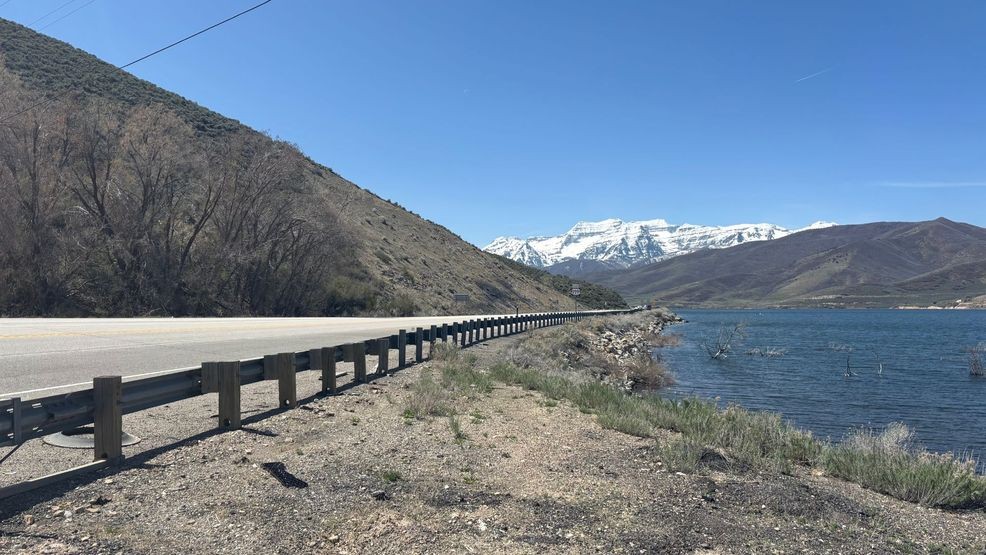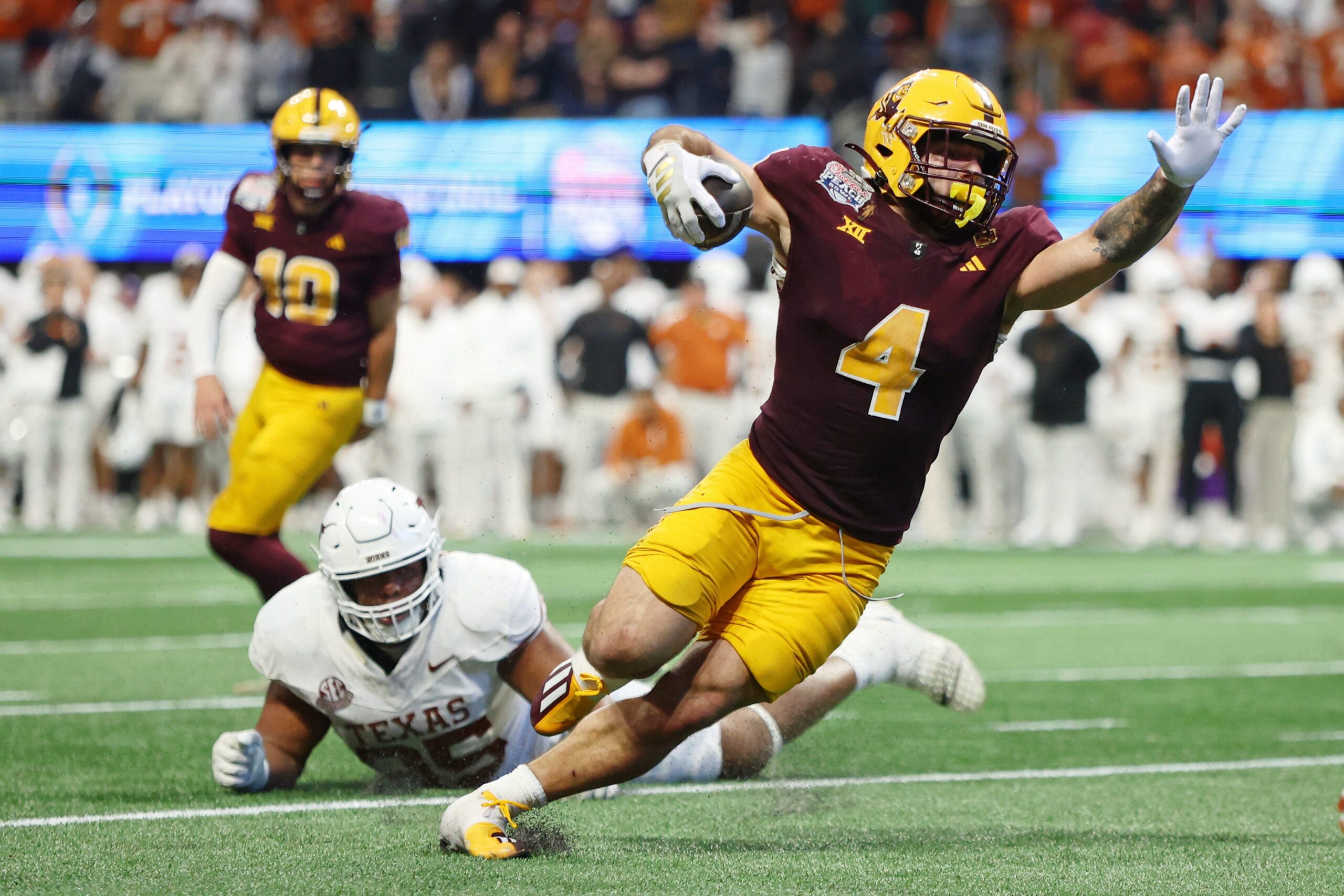The Utah Department of Transportation wants to revamp a three-mile section of road near Deer Creek Reservoir.
The $140 million project includes adding a traffic light at State Route 113 and building a whole new road for US-189 into the side of the mountain.
“It’s not just a mountain pass byway that people use; it is a major route that people are using,” said Wyatt Woolley, senior communications manager for UDOT Region 3. “As you can see, the trucks and the cars just keep going all day long.”
MORE | Provo
-
New Provo city official focusing on fixing West Provo ‘food desert’
-
Provo woman accused of stealing neighbor’s package, chucking evidence out 3rd-floor window
-
Groundbreaking ceremony held for major 3-year expansion of Provo Airport
The new road is meant to create two travel lanes in each direction, instead of just one lane now, and separating them. To do that, crews will be excavating a lot of dirt from the mountainside.
“To make another road, we got to cut up into this mountain right here, and it actually cuts over on the other side,” Woolley said.
They also plan to enhance the Island Beach Day Use Area right off the road.
“We’re doing this for a lot of reasons. It’s traffic capacity, this is a major corridor, we find a lot of commuters using the route daily, and the need for that,” Woolley said. “We’ve had incidents in the past, people going around Deercreek on 189 here going into the reservoir or having some accidents.”
People who work in Heber’s tourism industry said that while they think this will impact them, it is good for the long run.
“It hinders people’s ability to get around, obviously up here you only have really two main routes to get in so if people know that it could drive people away, but I think once it’s done it could definitely help,” said Garret Sargent, who works at Lofty Peaks, an outdoor equipment rental company.
UDOT said the project will take roughly two years to complete, and they hope to have it underway by late summer.
“It’s been a long time coming, we’ve been working on it for years, and it’s also a part of our work to get our roads up to par for the coming Olympics,” Woolley said.
_____


